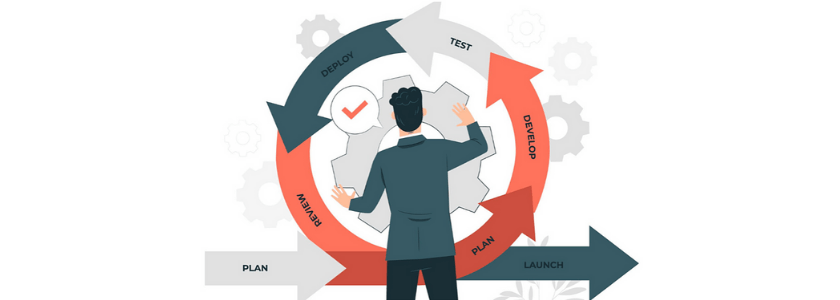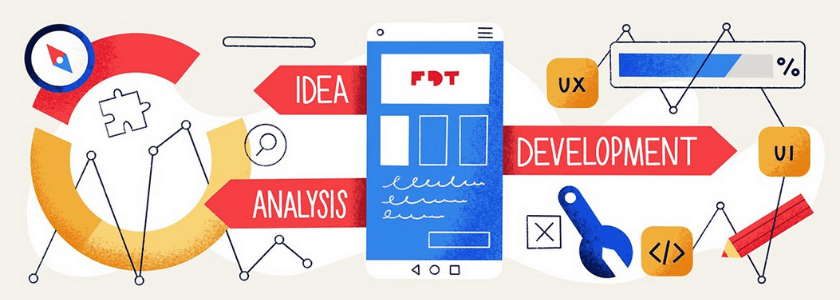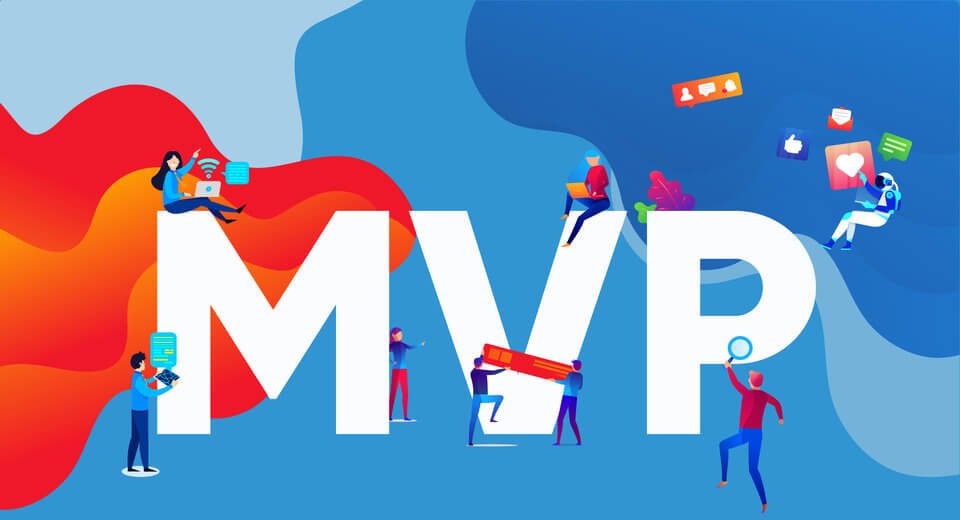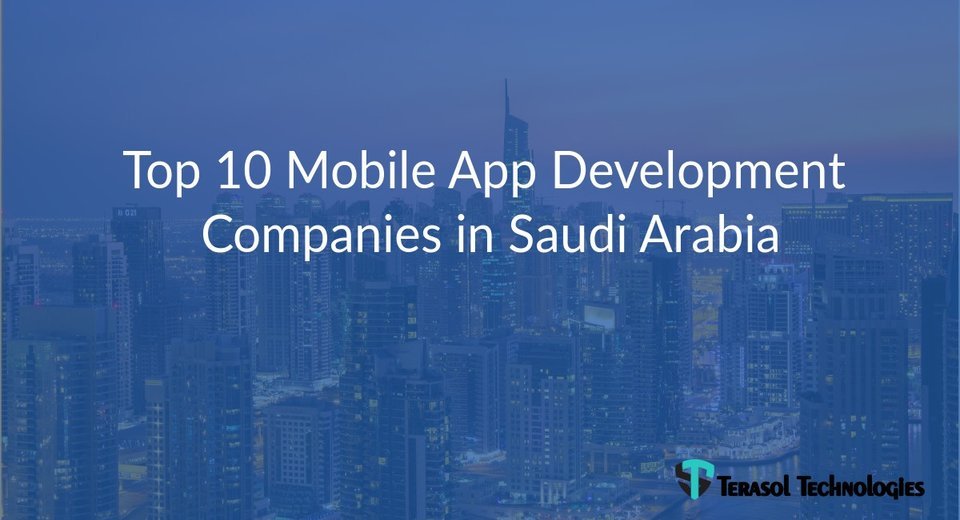9 Benefits of MVP Product Development for Your Projects
Say any software product, whether it is a web application or a mobile app, is expensive to develop. As a result, even if you have a guaranteed breakthrough concept, you'll need to locate resources to bring it to life.
How will businesses do that?
There's no need to panic: MVP can help you get started with development with the smallest possible investment.
What do Spotify, Instagram, and Uber, three of the most popular apps, have in common?
They've all used the Minimum Viable Product (MVP) method. They used this method of MVP product development to examine the feasibility and viability of their products. Currently, they constructed features based on user testing data sets and input to grow into mature applications.
With MVP Development rather than building in a single phase, you use the build MVP app, measure it, and learn the method. And this goes around in circles.
Let's find out the Benefits of MVP product development. Before the let's see what MVP is and how it works.
What is Minimal Viable Product Development?
The MVP, or minimum viable product, is a version of your core application that has only the important features. These features are generally sufficient to satisfy the product's initial consumers and demonstrate what makes it unique and worthwhile to use in the first place.
Following the completion of the MVP app, you must iterate on the following steps:
- To assess the MVP's success, you develop the product and collect feedback and user data.
- The following phase is to learn from the information gathered during the first launch say from the target market, missing features, etc.
- This knowledge is then applied to the development process to make the next iteration of the application more user-friendly.
Overall, this method can be applied to practically any form of product creation.

It's a good idea to put some money into a working model early on to get valuable input from future users. It is, however, especially useful in the development of startup applications.
Startups are frequently founded solely on an idea. While they are typically distinctive, the only way to find out if they are practical and marketable is to conduct costly market research.
MVP development will help you save money while also providing you the useful information.
The meaning of the MVP product development is now clarified. Let's look at how this development approach can assist you in developing a successful application or software.
Benefits of Building an MVP
You could wonder, "Why to develop MVP?" Keep in mind that most ground-breaking applications all began with the development of an MVP app. So, let's look at nine advantages that can persuade every firm to build an MVP.
1.Testing UX Functionality

Functionality testing ensures that a product's or service's functions are functioning properly. A graphic designer is an essential member of any MVP product development team. They create the product's user experience (UX), which determines the user's level of involvement.
Users today are technologically aware individuals who want nothing less than the best user experience. You can test your product on real people with a minimum viable product. This will reveal any bottlenecks, pain points, or problems that a user may encounter early on.
Any new product development's business goal is not only to increase downloads but also to keep people who have already downloaded the product. MVP enables you to test UI/UX functionality with early adopters and improve the overall experience.
2. Cost Reduction and Risk Minimization
This one is self-evident and straightforward. You spend less time producing the MVP and hence spend less on development because you don't try to jam all of the features you want to see in your final product into it.
A Minimum Viable Product (MVP) can help you save money and reduce the risks of custom software development. When it comes to the MVP, you'll simply need to implement the most fundamental features. So, the development team will be able to complete the project in less time. As a result, their services will be less expensive.
Many software firms, like Instagram, Facebook, Snapchat, Airbnb, and Spotify, began as MVPs, which is not surprising.
These brands continuously expanded their offers by adding new features as to demand their services grew. They were able to avoid some of the classic blunders that many entrepreneurs make in their early stages.
3. Makes it Easier to Gain Investors
With MVP development even the risk of investment is reduced as it allows you to evaluate the viability of your final product and test the product for the market. And if you decide to construct the full product, you can show the MVP to potential investors to demonstrate the practicality of your concept.
If you tell potential investors that your product's early-stage version was successful, you'll have a better chance of gaining some aid from them. More money from investors means you'll be able to improve your app even more.
4. Quick Launch
As previously said, an MVP can be built in a short period. It's as simple as picking the primary functionality that will solve a certain need and putting it on the market.
Why is a quick launch so critical? First and foremost, you will be able to appropriately scale your firm. Each month, over a hundred thousand Android and iOS apps, are released as the globe enters the Industry 4.0 revolution. The rivalry is fierce, and you must ensure that you can actualize your idea before your competitor does. Furthermore, you will be able to test your marketing strategy and sales channels. You can entice early adopters with a faster time-to-market.
5. Faster Development
The more features you want in your product, the longer it will take for the developers to produce it. Because an MVP is designed to have the bare minimum of functionality, it only takes one to two months to create one. It enables you to ensure that another company or startup cannot steal your idea and release an app with the same concept before you.
6. Identifying Your Loyal Customers
This point is also about making changes. Sometimes the original target group you were looking for isn't interested in your goods. As a result, you can try to promote your MVP to a variety of target groups to see who will like it.
7. Easily Verify your Monetization Strategies

To get great profits on any product development, you need a guaranteed plan to monetize your applications. In today's market, there are a variety of monetization tactics to choose from. Some Monenization strategies are completely paid services, freemium choices, advertisements, in-app purchases, and a variety of additional options are available.
With MVP product development you can not only test your application but also your monetization strategies. However, if you've already constructed your entire product, deciding on the most successful monetization technique can be difficult.
8. Add Constant Updates Easily
Customers appreciate it when they are treated with respect. And incorporating their feedback into future releases is a terrific approach to accomplish the same. This is encouraged by MVP product development. With future updates, you'll be able to evolve and add new features. You may also keep your product up to date with the latest technology to stay ahead of the curve and be competitive in the technological world.
9. Flexibility and a Clear Focus
The MVP method allows you to concentrate on your unique value proposition. It becomes easier for you to pinpoint the particular pain area that your product or service will treat. Another advantage of an MVP is the ability to develop a user-friendly interface. You begin with the most basic features that users cannot live without. You can ensure that your application is simple to use.
Furthermore, a minimal viable product allows you to test each feature independently without having to monitor the entire project.
Now that we've agreed on the benefits of MVP product development, let's look at how to determine whether MVP is the right solution for you.
How Can You Tell If Building An MVP Is Right For You?
To examine your business needs and establish whether an MVP is a good fit, ask yourself these five critical questions.
1. Is your concept one-of-a-kind?
Building an MVP is centered on a game-changing concept that you want to show off to your potential users. You should provide something unique to the users.
2. Is your service or product adaptable?
When you launch an MVP, you must be willing to react to the outcomes of your idea's testing in real-world scenarios.
3. What are your budget constraints?
If you keep track of every dollar spent on development, creating an MVP can help you save money. The fewer features you need to include in your product, the faster it will be developed and the less money it will cost.
4. Is your project a major undertaking?
Building an MVP is not the ideal approach if your firm is large and it is difficult to distinguish one or two key features.
5. Is it critical to have enough time?
Because the project scope is small, MVP product development is quick. If timing is critical for you, creating an MVP can assist ensure that your product is not obsolete when it is released.
How MVP Product Development Helped these Unicorns
Some of the most well-known businesses in the world began as MVPs and since then they have grown into household names. Let's take a closer look...
Dropbox
They used a unique approach to developing their MVP. It was formed as part of Y Combinator in 2007. Rather than launching the product, Dropbox's founders developed a film illustrating how simple it was to exchange files across numerous devices using Dropbox.
Dropbox's creators were able to confirm their hypotheses thanks to the high level of interest displayed by users before releasing the full product.
Airbnb
The Airbnb MVP allows the company to get input from early users on a variety of design issues. This reflects the organization's DNA as well. Airbnb has undergone several major redesigns to improve the client experience. Airbnb prioritizes improving the core user experience above adding additional features.
Uber
Starting with an MVP allowed Uber to fine-tune both the product and the business strategy. UberCab was originally a Web-based basic transportation application. There were a few features in the original version. The founders were able to create a strong basis for a product that could be scaled up seamlessly after releasing the MVP.
Interested to know the cost of MVP product development? Check out this blog on, how much good MVP costs for mobile app development?
The Bottom Line
We can confidently state that MVP product development has benefited firms in both the long and short term. It enables you to define your unique value offer while also reducing development costs and time. You may also lessen risks and obtain the necessary cash with its assistance. Finally, it provides for a speedy introduction of the product and feedback from early users.
If your project isn't large-scale or unique, and you're limited on cash and time, creating an MVP is the ideal option. Every stakeholder, including developers, investors, the company, and, of course, users, can gain from the development in this instance.
Want to Build an MVP for Your Business?
Join hands with a tech solutions partner that also happens to be a reputable MVP development firm is a tried and true method for companies to succeed with their product.
If you have any ideas, feel free to contact us and we'll help you through every stage of the process, from concept to market research to development, launch, and scale.


